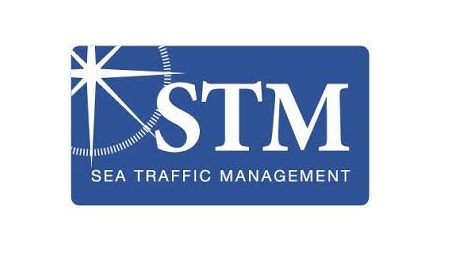At the end of 2015, the validation project “Sea Traffic Management“, aimed to connect the simulators of different European centers of maritime training. The European Union’s STM has successfully installed the first bridge systems compatible with maritime traffic management, which connect ships with ground services.
The STM project is funded by the European Union and is a continuation of the MONALISA 2.0 project in which a system was developed which allows the sharing of vessel route information between ships and land centers. The tests with the STM have been carried out on the ships Stena Germanica and two rescue ships of the Swedish Society of Rescue of the Sea: Rescue Marta Collin and Rescue 11-0.
Also the Stena Germanica, on the route from Göteborg to Kiel, automatically shared its route with the two rescue boats and at the same time received its routes and showed them in the ECDIS. The test showed that all the available functions work perfectly, including the optimization of routes and calls to synchronized ports.
In addition the route message format used is transmitted to other vessels on ordinary AIS, improving awareness of the common situation, this format was developed as part of the STM Validation project. The watch officer will see up to seven segments of other boat routes, which will allow predicting meeting points, determining the closest approach point, time to be spent and at an early stage identifying and avoiding nearby situations.
The purpose of the STM project is to implement in an operational way the definition of the concept of maritime traffic management developed by previous projects. Demonstrate improvements in safety, environmental performance and efficiency of the sector in society. In addition to avoiding the setbacks that the maritime industry tends to suffer when implementing new technologies based on the current needs that demand connectivity and the exchange of information.
In this regard the volunteer and Coxswain in Marta Collin, Lars Littke, said that this route sharing operation is very simple with the STM infrastructure and can be useful in real rescue operations. This activity simplifies communication, makes SAR operations more efficient and saves more lives. They will have the ability to disseminate and share the transport and entry routes in an area, as well as the routes for search patterns.
On the other hand the Director of Solutions for Ships of Transas, Anders Rydlinger, assured that through the exchange of information between ships and shores using the marine cloud infrastructure / SeaSWIN, a cohesive community is being created, which allows a better communication And joint decision-making, which translates to higher operational standards, higher environmental performance, greater efficiency, and better safety record.
Also, the STM test bench will include 300 vessels, 13 ports and an approximate of five coastal centers. The STM Validation Project covers 39 partners from 13 countries and a total budget of € 43 million ($ 45 million) and will be developed between 2015 and 2018.


